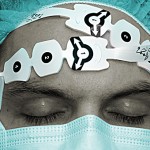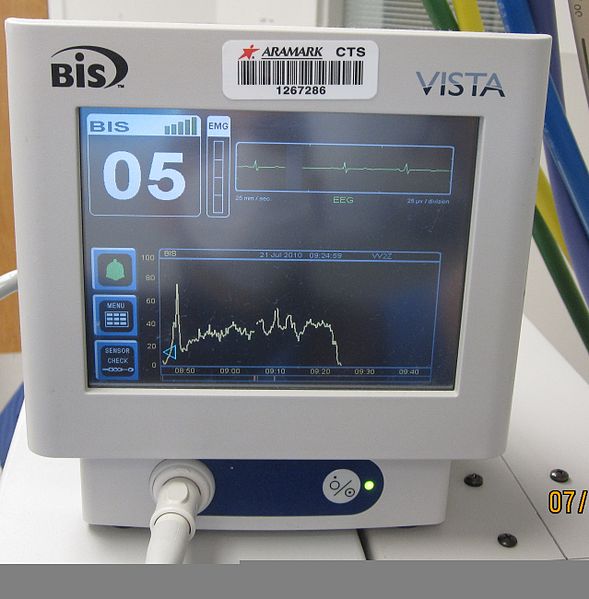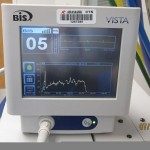 As anesthetists, we pride ourselves in our vigilance and our ability to maintain hemodynamic stability during difficult surgical situations. However, for the patient, the surgical experience is just one point in time in the continuum of life. They recover, leave the hospital and continue with life. The ability of an elderly patient to participate in the activities of daily living can be impaired by postoperative cognitive dysfunction.
As anesthetists, we pride ourselves in our vigilance and our ability to maintain hemodynamic stability during difficult surgical situations. However, for the patient, the surgical experience is just one point in time in the continuum of life. They recover, leave the hospital and continue with life. The ability of an elderly patient to participate in the activities of daily living can be impaired by postoperative cognitive dysfunction.
The risk of postoperative cognitive dysfunction in the elderly was documented by JT Moller MD et al in an article published in The Lancet (Long-term postoperative cognitive dysfunction in the elderly: ISPOCD1 study, The Lancet, Volume 351, Issue 9106, Pages 857 – 861, 21 March 1998) The authors speculated that hypotension and hypoxemia might be correlated to cognitive dysfunction and state the following findings:
- Postoperative cognitive dysfunction was present in 266 (25·8% [95% CI 23·1—28·5]) of patients 1 week after surgery and in 94 (9·9% [8·1—12·0]) 3 months after surgery, compared with 3·4% and 2·8%, respectively, of UK controls (p<0·0001 and p=0·0037, respectively). Increasing age and duration of anaesthesia, little education, a second operation, postoperative infections, and respiratory complications were risk factors for early postoperative cognitive dysfunction, but only age was a risk factor for late postoperative cognitive dysfunction. Hypoxaemia and hypotension were not significant risk factors at any time.
Click here for an abstract of the original article
A study by MT Chan et al (BIS-guided Anesthesia Decreases Postoperative Delirium and Cognitive Decline, PMID:23027226 [PubMed – as supplied by publisher]) utilized the BIS monitor to guide the amount of anesthesia administered and to correlate depth of anesthesia to postoperative cognitive dysfunction. In this study the BIS group had anesthesia adjusted to maintain a BIS level between 40-60. The control group had anesthesia administered based on clinical signs.
Based on their findings, the authors concluded:
- BIS-guided anesthesia reduced anesthetic exposure and decreased the risk of POCD at 3 months after surgery. For every 1000 elderly patients undergoing major surgery, anesthetic delivery titrated to a range of BIS between 40 and 60 would prevent 23 patients from POCD and 83 patients from delirium.
Click here for an abstract of the original article
The debate remains….”to BIS or not to BIS” Many providers are comfortable that the depth of anesthesia is adequate without BIS guidance, however, the BIS may be useful in preventing excessive depth of anesthesia and, therefore, reducing the incidence of postoperative cognitive dysfunction in the elderly.
What say you? Please share your thoughts with your colleagues.


